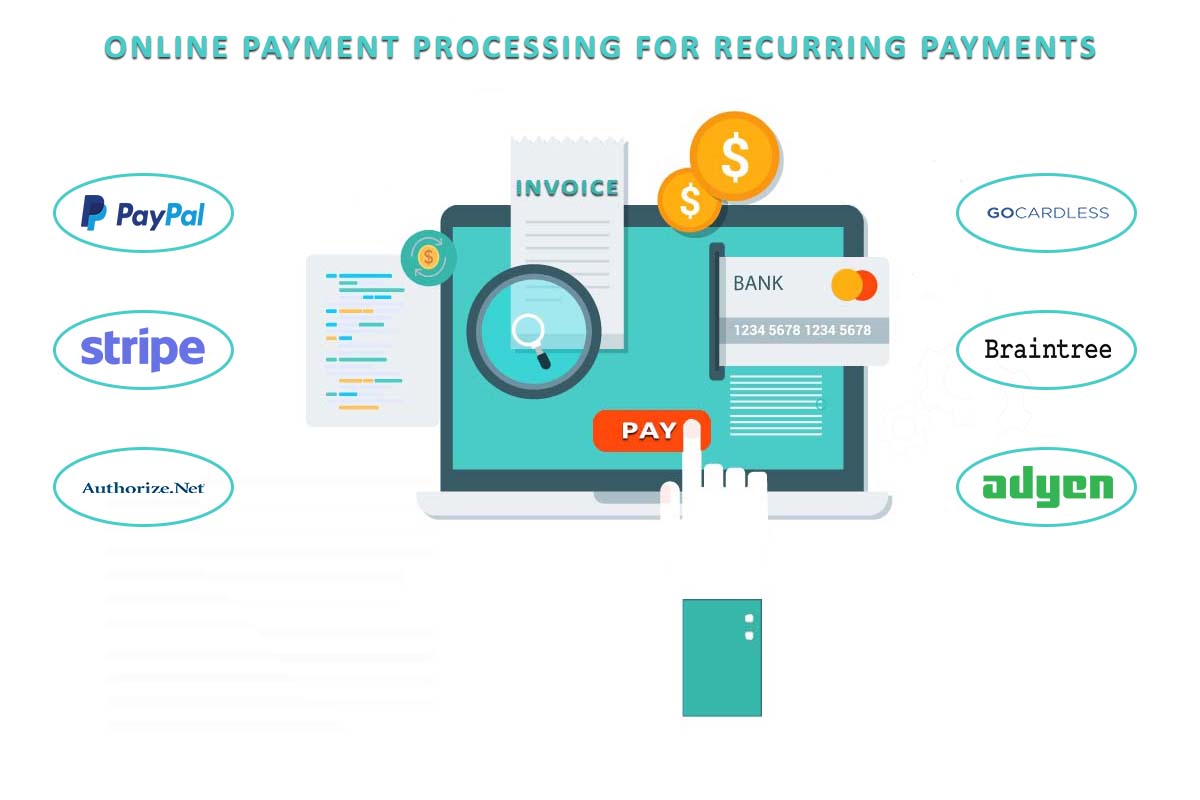
Revenue vs. Turnover: Why They Are Important for Your Subscription Business
Two key concepts stand out in the realm of subscription businesses, where customers agree to make recurring payments for on-going services: revenue and turnover. Revenue is the money that comes into your company from subscriptions, whereas turnover is the number of clients you acquire and lose over time. Although these phrases could be used interchangeably, knowing the differences between them is crucial to managing a successful subscription business. In this article, we will discuss revenue vs turnover in detail, explain why they are important, and demonstrate how they interact to determine the success of a subscription-based business.
Before we take you to the details of revenue vs turnover, it is important to understand these two terms. However, we have written and discussed recurring revenue extensively in our previous blogs. You can consult the following piece of writing for recurring revenue details.
Also Read: Everything You Need to Know About Recurring Revenue Business Models
What Is Turnover?
Turnover is the term that is being used in the context of company assets and customers. Here, we will discuss this in detail:
Asset Turnover
Asset turnover describes how effectively a business utilises its assets to produce sales or income. It’s a gauge of how successfully a business uses its assets to make money. By dividing a company’s revenue by its average total assets, asset turnover is determined.
Customer Turnover (Churn)
Customer turnover, commonly referred to as “customer churn,” is the rate at which customers discontinue utilizing a company’s goods or services in sectors like subscription services. This indicator is critical for evaluating customer happiness and the long-term viability of the company.
Turnover vs Revenue: The Key Differences
By now it is clear that turnover and revenue are two distinctive terms that have no commonality. But we are going to discuss a few more key differences between revenue and turnover to help you clear your confusion.
1. Measuring Revenue & Turnover
Revenue is measured in monetary terms, such as dollars, euros, or any other applicable currency. On the other hand, turnover is measured as a percentage or a ratio. It represents the fraction of customers who churned during a specific period, usually calculated monthly or annually.
2. Significance
Revenue is a clear indication of how much money a subscription business is making. It is essential for evaluating the state of the economy, growth, and overall performance. While, for understanding customer happiness and the viability of a subscription business, turnover, or churn rate, is essential. High churn rates might impede growth and cause income to be unstable. And to deal with increasing customer turnover, you need to have a robust customer retention strategy.
3. Business Strategies
To deal with revenue and turnover in the subscription business industry, the strategies will be different. Every subscription business wants to maximize recurring revenue. To maximize recurring revenue, there are involved strategies like raising prices, upselling to higher-tier subscriptions, or attracting new customers. Coming towards customer or subscriber turnover (churn), every subscription business aims to minimize the churn rate. They strive to offer more customer satisfaction and product value so that the customers stay retained and the churn rate automatically falls. However, when it comes to asset turnover, subscription retailers can improve inventory management, improve sales, and consider divesting non-essential assets.
Interplay Between Revenue and Turnover
The interplay between revenue and turnover is a fundamental dynamic in business. While revenue represents the total income generated by a company, turnover, often referring to customer churn, signifies the rate at which customers discontinue services. These metrics share a relationship. As high customer turnover eats up the revenue, maintaining low churn through customer retention efforts preserves a steady income stream. Balancing revenue growth with effective churn management is essential for sustained profitability and business viability, as a harmonious interplay between these metrics underpins a company’s long-term success.
Revenue & Turnover for Subscription Business Success
Now that it is clear what is turnover vs revenue, it is time to see why their difference must be clear to a retailer in the subscription business market. Usually, people think turnover and revenue are just the same. It is perceived that both terms show how much a business earns in a specific time. However, it is wrong. Revenue is the amount of money that a subscription business earns from its core activities over a period of time. Revenue is calculated by subscription businesses in the form of KPIs that include MRR (Monthly Recurring Revenue) and ARR (Annual Recurring Revenue). However, turnover when considered in the context of customers can also be calculated as the Customer Churn Rate. These KPIs show the health of your subscription business and the areas where you need to pay attention.
Also Read: What is MRR, And, Why Is It Inevitable for Measuring Recurring Revenue for Subscription Businesses?
If you are in the subscription business market and want to improve revenue, then schedule a demo for our subscription management platform to see how our automated system can streamline your business operations.










